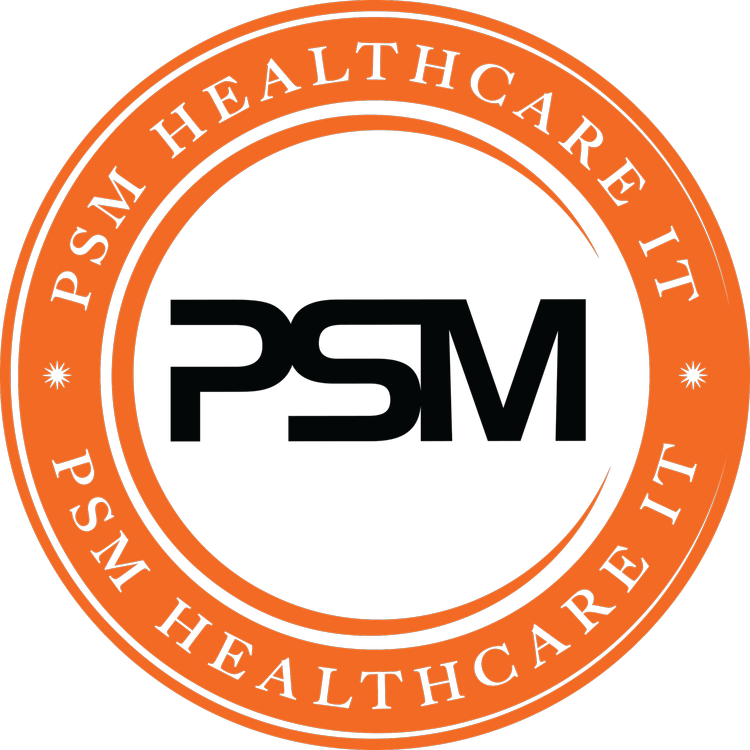Upgrading a hospital’s Picture Archiving and Communication System (PACS) is no small feat. Given the central role PACS play in modern healthcare—storing, retrieving, and managing medical images—getting it right is crucial for patient care, operational efficiency, and overall hospital performance. As the healthcare industry evolves, so too must the technology that supports it. Kash Kanani, a seasoned expert in healthcare IT from PSM Healthcare IT, offers valuable insights into the five most important considerations when upgrading a hospital PACS.
- Assessing Current and Future Needs

5 Most Important Considerations When Upgrading a Hospital PACS: Insights from Kash Kanani, PSM Healthcare IT
One of the primary considerations when upgrading a PACS is understanding both the current and future needs of the hospital. This involves a comprehensive evaluation of several factors:
Volume of Data: Evaluate the volume of images and data currently being managed and project future growth. As imaging technology advances, the volume of data generated increases significantly. Your new PACS should be capable of handling this growth without compromising performance.
Integration Requirements Determine how the new PACS will integrate with existing systems such as Electronic Health Records (EHR), Radiology Information Systems (RIS), and other hospital information systems. Ensuring seamless integration is crucial for maintaining workflow efficiency and data consistency.
User Requirements: Engage with radiologists, technologists, and IT staff to understand their needs and pain points. This helps in customizing the PACS upgrade to better align with user requirements and improve overall satisfaction.
Regulatory Compliance: Stay informed about regulatory changes and ensure that the upgraded PACS complies with current standards and regulations. This is essential for avoiding legal issues and ensuring data security.
- Scalability and Flexibility
A PACS upgrade is a significant investment, and it’s essential that the new system is both scalable and flexible to accommodate future growth and technological advancements:
Scalability: The PACS should be able to scale in terms of storage, processing power, and user access. This means that as the hospital’s imaging needs grow, the system can be expanded without requiring a complete overhaul.
Flexibility: Look for a PACS solution that can adapt to emerging technologies and changing clinical needs. This includes support for new imaging modalities, advanced analytics, and integration with future healthcare technologies.
Modularity: Consider a modular approach where different components of the PACS can be upgraded or replaced individually. This can help in managing costs and minimizing disruption during the upgrade process.
- Data Migration and Integration
Data migration is one of the most complex aspects of a PACS upgrade. Ensuring a smooth transition is critical for maintaining continuity of care and operational efficiency:
Data Integrity: Ensure that the new PACS can accurately migrate existing data without loss or corruption. This involves meticulous planning and testing to validate that all data is transferred correctly.
Integration Testing: Before fully implementing the new PACS, conduct thorough integration testing with existing systems. This includes testing interfaces with EHRs, RIS, and other relevant systems to ensure that data flows seamlessly and accurately between systems.
Training and Support: Provide adequate training for staff on the new system to minimize disruptions. Ongoing support should also be available to address any issues that arise during and after the transition.
- Cost and Budget Considerations
Budgeting for a PACS upgrade involves more than just the initial purchase price. It’s essential to consider the total cost of ownership, which includes:
Implementation Costs: This includes the cost of purchasing the new PACS, as well as expenses related to installation, configuration, and integration with existing systems.
Operational Costs: Factor in the costs of maintaining the system, including software updates, hardware maintenance, and ongoing support. Consider whether the new PACS offers a subscription-based model or a one-time license fee, and how this fits into your budget.
Cost-Benefit Analysis: Perform a cost-benefit analysis to evaluate the potential return on investment (ROI). Consider improvements in efficiency, patient care, and workflow that the new PACS will bring, and weigh these against the costs involved.
Hidden Costs: Be aware of potential hidden costs, such as those related to training, data migration, and possible downtime during the transition.
- Vendor Selection and Relationship Management
Choosing the right vendor is crucial for the success of a PACS upgrade. The vendor’s reliability, support, and alignment with your hospital’s needs can significantly impact the outcome:
Vendor Reputation: Research potential vendors thoroughly. Look for those with a proven track record in the healthcare industry and positive reviews from other hospitals.
Support and Service: Evaluate the level of support and service offered by the vendor. This includes availability of technical support, response times, and the quality of training provided.
Customization and Integration Capabilities: Ensure that the vendor can meet your specific needs and offer customization options if necessary. The vendor should also have the capability to integrate with your existing systems seamlessly.
Contract Terms: Carefully review the contract terms, including service level agreements (SLAs), warranty periods, and terms for upgrades and maintenance. Make sure that the terms align with your hospital’s needs and expectations.
Conclusion
Upgrading a hospital PACS is a complex and multifaceted process that requires careful planning and consideration. By focusing on the five key areas outlined above: assessing current and future needs, ensuring scalability and flexibility, managing data migration and integration, budgeting effectively, and selecting the right vendor—hospitals can navigate this process more effectively.
A successful PACS upgrade not only improves the efficiency of medical imaging processes but also enhances patient care and supports the hospital’s overall mission. Investing time and resources into these considerations will help ensure a smooth transition to a more advanced and capable PACS system.





